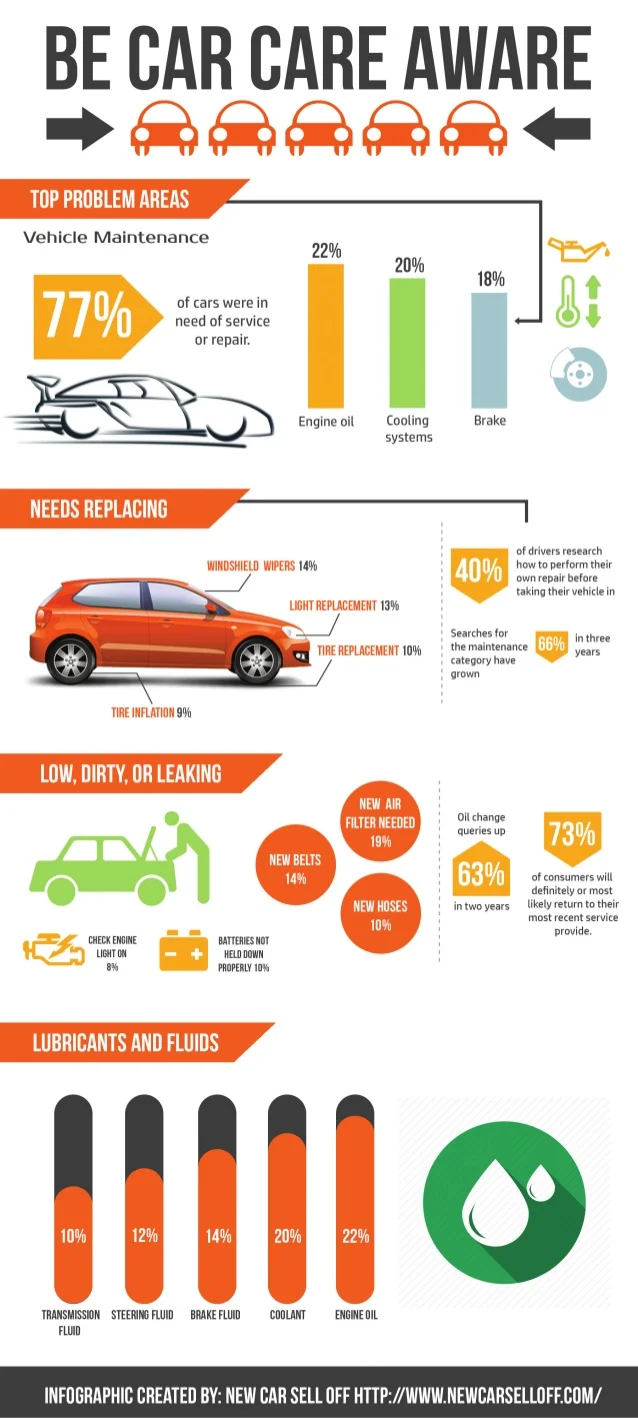Examining Your Automobile'S Caution Indicators: What They Really Share
Examining Your Automobile'S Caution Indicators: What They Really Share
Blog Article
Composed By-Lim Gilbert
When you're behind the wheel, those beautiful caution lights on your control panel can be a little bit perplexing. Do Find Out More recognize what they're trying to inform you regarding your automobile's health? Comprehending the importance of these lights is essential for your safety and the long life of your lorry. So, the following time one of those lights appears, wouldn't you wish to decode its message precisely and take the required actions to resolve it?
Common Caution Lighting and Interpretations
Identify common caution lights in your automobile and understand their definitions to make sure risk-free driving.
One of the most typical caution lights consist of the check engine light, which signals issues with the engine or emissions system. If this light begins, it's essential to have your vehicle examined without delay.
The oil pressure warning light suggests reduced oil stress, requiring prompt attention to prevent engine damage.
A blinking battery light may recommend a faulty billing system, potentially leaving you stranded if not addressed.
The tire stress tracking system (TPMS) light signals you to reduced tire stress, impacting car stability and gas performance. Neglecting this could result in unsafe driving conditions.
The abdominal muscle light indicates a trouble with the anti-lock stopping system, endangering your capability to quit quickly in emergencies.
Finally, the coolant temperature warning light warns of engine getting too hot, which can cause severe damages if not solved quickly.
Understanding these common warning lights will certainly aid you deal with concerns quickly and preserve risk-free driving conditions.
Relevance of Prompt Interest
Recognizing the typical warning lights in your auto is just the very first step; the importance of immediately dealing with these cautions can't be emphasized sufficient to ensure your safety when traveling.
When a warning light illuminates on your control panel, it's your vehicle's means of communicating a possible issue that needs focus. Ignoring these warnings can result in much more severe issues down the road, endangering your safety and security and possibly costing you a lot more out of commission.
Motivate attention to alerting lights can protect against breakdowns and crashes. As an example, a flashing check engine light might indicate a misfire that, if left neglected, can create damages to the catalytic converter. Addressing this quickly can save you from an expensive fixing.
Likewise, a brake system alerting light might signal low brake fluid or used brake pads, important parts for your safety when driving.
DIY Troubleshooting Tips
If you see a caution light on your dashboard, there are a couple of DIY fixing pointers you can attempt before seeking professional help.
simply click for source is to consult your vehicle's guidebook to comprehend what the particular caution light indicates. Sometimes the issue can be as basic as a loosened gas cap activating the check engine light. Tightening up the gas cap may settle the issue.
An additional usual problem is a reduced battery, which can activate numerous cautioning lights. Examining the battery connections for corrosion and ensuring they're safe may deal with the issue.
If a warning light lingers, you can attempt resetting it by detaching the cars and truck's battery for a couple of minutes and afterwards reconnecting it. Additionally, checking your vehicle's liquid degrees, such as oil, coolant, and brake fluid, can aid repair cautioning lights associated with these systems.
Verdict
In conclusion, recognizing your vehicle's caution lights is essential for maintaining your lorry running smoothly and securely. By immediately dealing with these signals and recognizing what they indicate, you can prevent expensive repair work and possible break downs.
Keep in mind to consult your cars and truck's guidebook for particular information on each cautioning light and do something about it as necessary to make sure a hassle-free driving experience.
Remain educated, remain secure when traveling!
